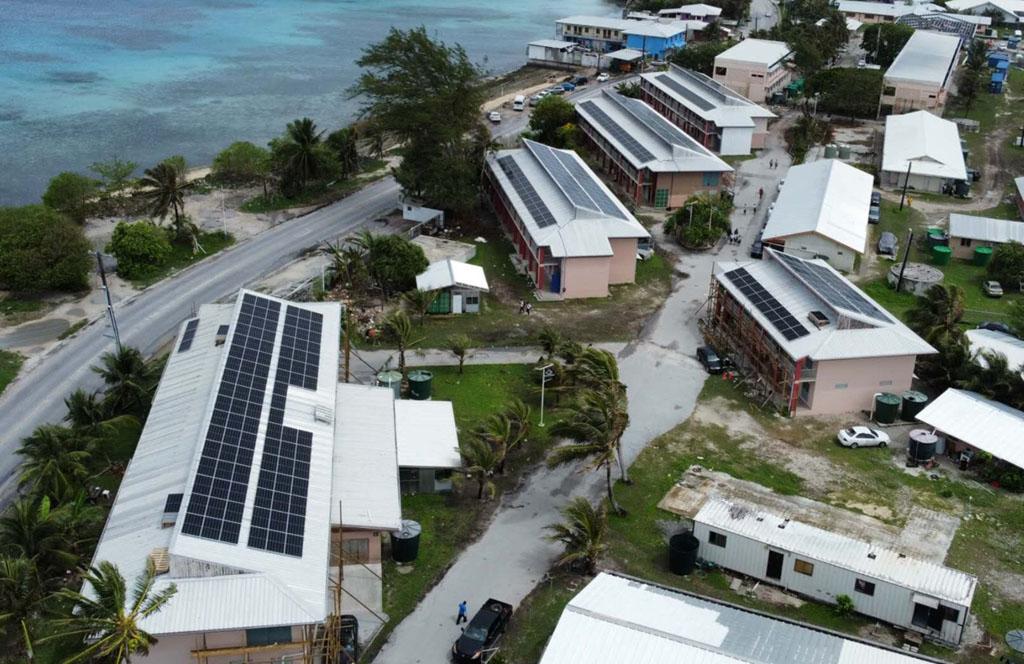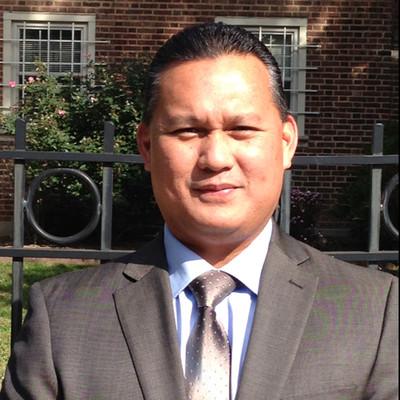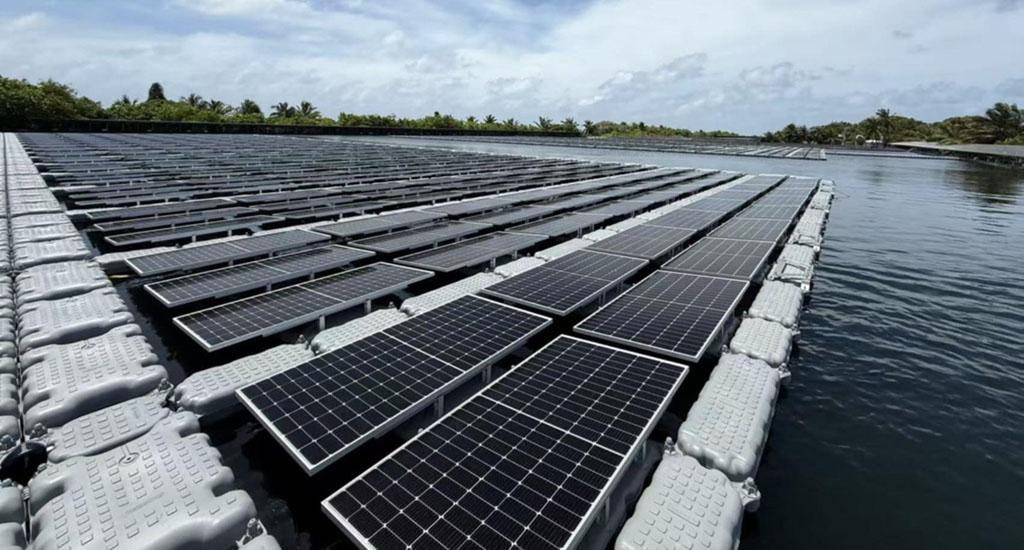Marshall Islands Correspondent
MAJURO, Marshall Islands — Although the reinvention of Majuro’s power system will take several years to accomplish, what is clear now is that it has no shortage of funds to make it happen.
Since about 2020, the capital has experienced serious and ongoing deterioration of its power system that was once regarded as one of the Pacific Islands top power operations. Aging generators and a deteriorating distribution system have combined to make power outages and power rationing the norm in recent years.

In order to stabilize power service, the Marshalls Energy Co. was forced to import more than half-a-dozen rental containerized generators last year that currently provide the backbone of Majuro’s power.
International donors and the Marshall Islands government have lined up to fund a huge overhaul of the power system for Majuro. This funding includes:
- The Marshall Islands parliament provision of $17 million to fund purchase of three new generators for the plant,
- The World Bank provision of $60 million for stabilizing power service, with a heavy focus on renewable energy,
- The Asian Development Bank’s provision of $17 million for energy transition project aimed at modernizing the country's power infrastructure, with a focus on the distribution system and renewables, and
- ADB’s ongoing nearly $13 million grant that is supporting rehabilitation of the utility company’s six-million-gallon fuel storage tanks — the largest in this part of the Pacific region.
- Sinosoar, a major China-based engineering company, won the World Bank contract to build new generators and build a new power plant. Demolition and clearing of the first power plant which opened in 1982, is nearly completed with construction of the new facility expected to start later in May.
- The new plant building is expected to take about seven months to construct, Jack Chong-Gum, CEO of the Marshalls Energy Co., said.

Based on the contractor’s detailed project timeline, construction of the new building is expected to take approximately six months from when it starts, he said. “This timeframe encompasses all structural work, interior installations, and necessary systems integration to prepare the facility for the new generators,” he said.
MEC will have five new generators for Majuro power generation, including two already built and three on order.
ADB’s $17 million will support a range of work and directly address one of Majuro's most pressing challenges — its aging power distribution network, which suffers some of the highest interruption rates in the Pacific region, along with system losses exceeding 22%. This will involve grid modernization, including installation of a new substation and 10 miles of distribution lines, specifically designed to withstand Pacific climate conditions.
ADB will also fund the first deployment of marine and wind energy technologies, marking MEC's first major step beyond traditional power sources, and support comprehensive institutional strengthening for the utility company.

The World Bank’s $60 million grant is divided into three sections:
Firstly, $43 million to “modernize the power grids in Majuro and Ebeye to make them more resilient and capable of harnessing more renewable energy.” MEC contractors will install solar panels with a generating capacity of eight megawatts, which when combined with the four megawatts of solar systems now being installed for MEC on Majuro, is about equal to Majuro’s daily power consumption. Plus, there will be 15 megawatt hours of battery storage systems linked to the new solar system.
Secondly, $12.5 million for power on remote outer islands, including building new hybrid systems combining solar and diesel power in two islands in Arno Atoll. Existing diesel power plants in Jaluit, Wotje, and Rongrong islands will be modernized by adding solar capabilities, significantly reducing fuel consumption. In Kili Island, MEC will improve power infrastructure, as well as install cash power meters on individual homes and buildings.
Lastly, $4.5 million for training MEC workers, with a special focus on creating opportunities for women through apprenticeships.
It will be 2026 before power customers begin to see the impact of improvements to the power system from this flood of funding. But after years of neglect, the Majuro’s power sector is finally getting the close attention and funding it needs. mbj














